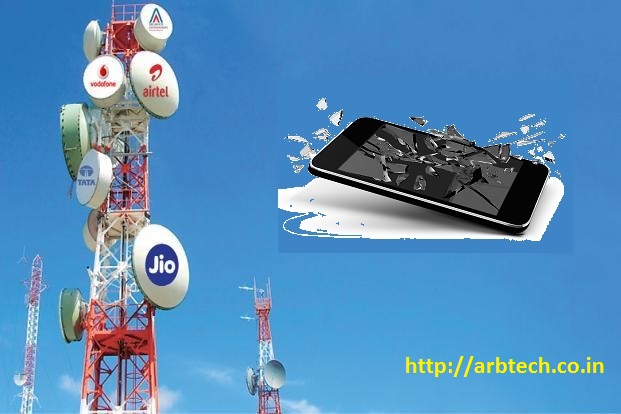Precautions for safe driving in bad weather conditions

Driving Through Water :
-
Never venture to drive through water when it flows above the stone guard or above the tyre centre line.
-
The engine may get seriously damaged if attempts are made to cross through deep water.
-
If at all the situation demands that you have to drive through water even at great risk then, keep the engine in fast idling and 'crawl' in low gear.
-
After driving through water apply the brakes several times to dry the liners and to regain original braking.
-
Check the engine and transaxle for any water entry.
-
Do not attempt to start the engine if the car gets flooded due to water.
-
Tow the car to a safe place.
-
Take the car to the nearest Authorised Service outlet to check for entry of water in the engine.
-
Lubricants in the engine and transaxle need to be changed in case of water entry
Driving on a Rainy Day :
• Check wiper blades for proper functioning.
• Check brakes, steering and windows.
• Check tyres for wear and tyre pressure. Worn out tyres are unsafe on wet roads.
• Avoid harsh braking and sharp turns. It may cause loss of steering control and lead to the car skidding.
• For slowing down, shift to lower gears and apply brakes gently.
• Keep lights on if visibility is poor.
• Use heater and demister if required to clear off mist on the windshield.
Night Driving :
• Dip the head lamp for oncoming traffic during night driving.
• Maintain a speed such that you can stop within illuminated distance of the head lamps.
• Use head lamp main/dip beam to alert other users on turns/cross roads, etc.
• Use side indicators to indicate lane change or turning.
• Put on the hazard warning switch in case of hazardous parking or if your car is disabled to warn passing traffic. Put on the fog lamps
(for Deluxe version) if required.
Climbing Sharp Gradients on Loose Surfaces:
• Start off smoothly in any suitable gear. Apply power smoothly so that there is no loss of traction by over-revving of the engine.
• Choose as smooth a slope as possible and select the appropriate gear so that gear changing in the middle of the climb is not required.
• Changing gears in the middle of the climb can cause loss of momentum and engine stalling. Shifting to a lower gear has to be done cautiously to avoid loss of traction.
• Never move the car diagonally across a hill. The danger is in loss of traction and sideways slippage, possibly resulting in tipping over. If unavoidable, choose as mild an angle as possible and keep the car moving.
• If the wheels start to slip within few feet of the end of the climb, motion can be maintained by swinging the steered wheels left and right, thereby providing increased grip.
• If the car stalls or losses headway while climbing a steep hill, make a quick shift to reverse and allow the car to move back with the control of engine compression.
Descending Sharp Gradients :
• Depending on the severity of the gradient, shift into appropriate gear. Use engine braking judiciously without over-revving the engine.
• Brake application under such situations should be done very smoothly to avoid loss of control.
• Select appropriate gear so that gear changing or clutch disengagement is not involved while descending the gradient.
You may also like :




















